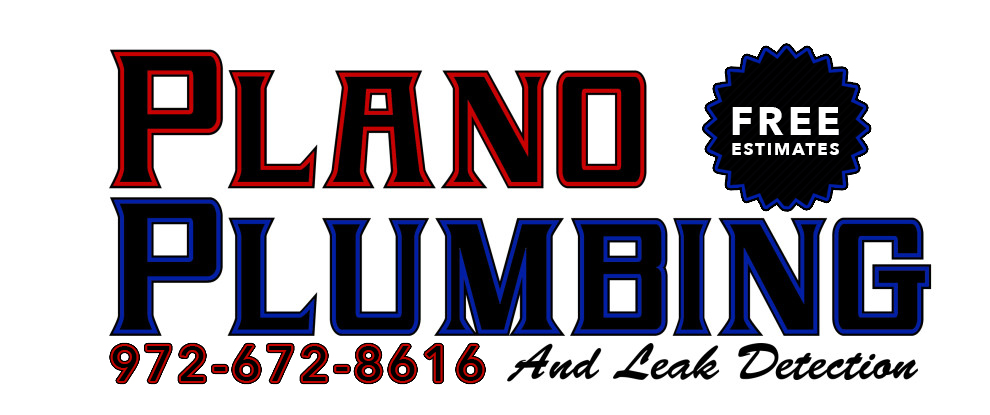In this article, we will explore the topic of how much does slab leak detection cost. We’ll discuss the factors that influence the cost, various detection methods, and provide valuable insights for homeowners who suspect they have a slab leak.
Understanding Slab Leaks
Slab leaks occur when water pipes beneath the concrete foundation of a building develop leaks or cracks. These leaks can result from various causes, such as corrosion, shifting soil, poor construction, or aging pipes. When left unattended, slab leaks can lead to structural damage, mold growth, and high water bills.
Detecting slab leaks early is crucial for minimizing damage. Some common signs include:
- Unexplained water puddles on the floor
- Wet or damp carpeting
- Sudden decrease in water pressure
- Sounds of running water when all faucets are off
- Cracks in the walls or flooring
- Increased water bills without an apparent reason
Importance of Timely Detection
Timely detection of slab leaks can save homeowners from costly repairs and prevent further damage to the property. The longer a slab leak goes undetected, the more extensive the damage can become, leading to increased repair expenses.
Factors Influencing Slab Leak Detection Costs
Several factors contribute to the overall cost of slab leak detection, including:
Size of the Property
The size of the property affects the complexity of the slab leak detection process. Larger properties may require more time and resources to locate the leak accurately.
Accessibility
The accessibility of the pipes plays a significant role in the cost of detection. If the pipes are easily accessible, the process is typically more straightforward and less expensive. However, if the pipes are hidden or difficult to reach, it may require more effort and specialized equipment, increasing the overall cost.
Detection Method Used
Different detection methods have varying costs. Some common methods include electronic leak detection, infrared thermography, and static pressure testing. The chosen method depends on the severity of the leak and the preferences of the homeowner.
Different Methods of Slab Leak Detection
There are several methods used to detect slab leaks:
Electronic Leak Detection
Electronic leak detection involves the use of specialized equipment to identify leaks within the slab. It can pinpoint the exact location of the leak, minimizing the need for extensive excavation.
Infrared Thermography
Infrared thermography utilizes thermal imaging cameras to identify temperature variations in the affected area. This method can help locate potential sources of water leakage.
Static Pressure Testing
Static pressure testing involves applying pressure to the plumbing system and monitoring pressure drops. A significant drop in pressure indicates a leak within the slab.
Cost Breakdown of Slab Leak Detection
The cost of slab leak detection typically includes the following components:
- Initial inspection fee
- Detection method used
- Labor charges
- Repair estimation (if applicable)
- It’s essential to request detailed quotes from reputable professionals to understand the specific breakdown of costs.
Hiring a Professional Slab Leak Detection Service
When dealing with slab leaks, it’s advisable to hire a professional slab leak detection service. Professionals have the expertise, experience, and specialized equipment to accurately locate and diagnose slab leaks. They can provide comprehensive reports and recommend the most suitable repair options.
DIY vs. Professional Slab Leak Detection
While some homeowners may consider DIY slab leak detection, it’s crucial to weigh the pros and cons. DIY methods often lack the precision and reliability of professional equipment and expertise. Accurate detection is essential to prevent unnecessary digging, reduce repair costs, and ensure the longevity of repairs.
Preventive Measures for Slab Leaks
Preventing slab leaks is crucial for maintaining the integrity of your property. Consider the following preventive measures:
- Regular plumbing inspections
- Monitoring water pressure levels
- Proper maintenance of plumbing fixtures
- Promptly addressing any signs of leaks
Conclusion
Slab leaks can be a homeowner’s nightmare, but with timely detection and appropriate repairs, the damage can be mitigated. Understanding the factors influencing slab leak detection costs and the available detection methods can help homeowners make informed decisions when addressing this issue.
Frequently Asked Questions (FAQs)
Q: Can slab leak detection be covered by homeowners’ insurance?
A: In some cases, homeowners’ insurance may cover the cost of slab leak detection, depending on the policy and the specific circumstances. It’s advisable to consult with your insurance provider to understand the coverage.
Q: How long does the slab leak detection process usually take?
A: The duration of the detection process depends on various factors, such as the size of the property, accessibility of pipes, and the chosen detection method. Generally, it can take several hours to a full day.
Q: Are all slab leaks visible on the surface?
A: No, not all slab leaks are visible on the surface. Some leaks may be concealed beneath the flooring or within the walls, making them harder to detect without specialized equipment.
Q: Can I use a water leak detection device to find a slab leak?
A: Water leak detection devices can help identify leaks in general, but they may not provide accurate results for detecting slab leaks. It’s best to rely on professional slab leak detection services for precise results.
Q: Are there any temporary fixes for slab leaks?
A: Temporary fixes, such as epoxy injections or pipe clamps, may provide a temporary solution for small leaks. However, it’s crucial to address the underlying cause of the leak and consult with professionals for a long-term repair plan.
